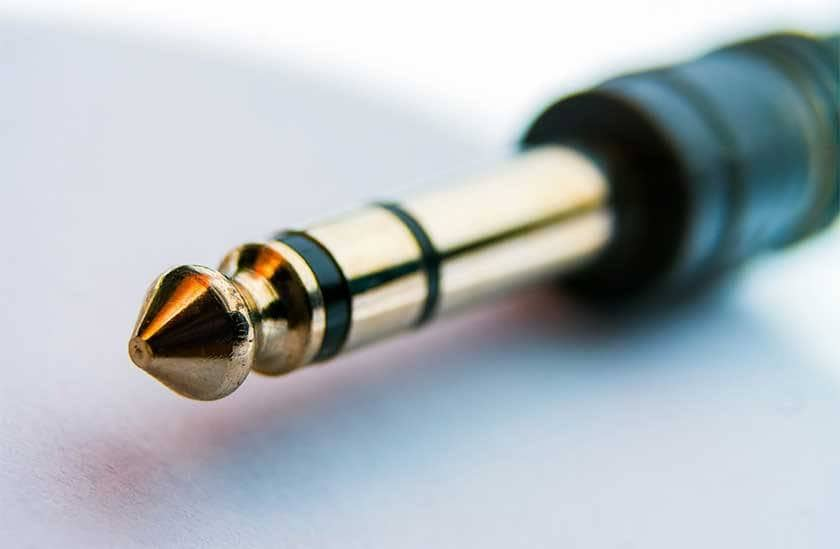
Hello! This is Kaoru, a composer!
Today, I’d like to talk about shielded cables.
Shielded cables are an essential item when amplifying the sound of an electric guitar.
Various manufacturers offer different models with varying materials, lengths, and other features, making it quite challenging to choose the right one. After all, they all kind of look the same, don’t they...?
In this guide, I’ll explain how to choose the best shielded cable based on its intended use. Let’s dive in!
■ What is a Shielded Cable?
A shielded cable is essential for connecting an electric guitar or bass to an amplifier or audio interface.
It plays a crucial role in transmitting the string vibrations picked up by the guitar's pickups, and it significantly impacts the sound.
For beginners, shielded cables might not seem like a big deal. However, if you want to make the most of your guitar and amp's performance, you should pay attention to them.
Let me share a personal experience: when I first started playing electric guitar in high school, I didn’t have much money and bought a cheap 300-yen junk cable. The noise was unbearable, and it was practically useless.
Later, I upgraded to a 3,000-yen shielded cable, and the difference was shocking. That’s when I learned the meaning of the phrase, “You get what you pay for.”
Each model also has its own unique sound characteristics, which can vary based on personal preference. So, try out different options and find the one that suits you best!
■ Choosing the Right Shielded Cable Length
Shielded cables commonly come in the following lengths:
- 3m
- 5m
- 7m
- 10m
Some cables are labeled in feet, so make sure to double-check when purchasing.
The ideal length depends on how you plan to use it:
For Practice at Home or in a Studio:
3m is a great choice.
If you’re using effects pedals, you’ll typically need two 3m cables (one for the guitar-to-pedal connection and one for pedal-to-amp).
Since you’re not moving around much, 3m is generally sufficient.
For Live Performances or Gigs:
Go for 5m to 10m.
To move freely on stage, you’ll need a longer cable.
- For smaller live venues, 5m should work well.
- For larger venues, 10m is a safer bet.
For Recording or Home Recording:
Stick to cables 3m or shorter.
You won’t need to move around while recording, so a shorter cable is ideal.
Shorter cables help minimize noise and reduce signal degradation, which increases as cable length grows.
By choosing the right length for your situation, you can ensure better sound quality and more comfortable performance.
■ Choosing the Right Plug Type
Shielded cables come with two main types of plugs:
- Straight Plugs (S)
- L-Shaped Plugs (L)
Select the type that suits your equipment and usage needs!
- S/S Type
- The most popular and standard option.
- Both ends have straight plugs, making them compatible with almost all guitar and amp models.
- It’s an all-around choice, and there’s a wide range of products to choose from.
- S/L Type
- One end is L-shaped, while the other is a straight plug.
- The L-shaped plug is less likely to disconnect accidentally, making it ideal for secure connections.
- Best used by connecting the L-shaped plug to the amp or effects pedal and the straight plug to the guitar.
- Highly recommended for those who perform dynamic or intense movements during their performances.
- L/L Type
- Both ends have L-shaped plugs.
- These are less common and tend to be more expensive.
- Note that they may not work with guitars that have recessed jacks, like Stratocasters, due to their design. Always double-check compatibility before purchasing.
By matching the plug type to your equipment and performance style, you can enhance both reliability and convenience.
■ What is a Wireless System?
If you find cables annoying or cumbersome, a wireless system is a great alternative!
As the name suggests, wireless systems connect your gear without the need for cables, using a wireless signal.
While they’ve been available for quite some time, earlier models weren’t widely adopted due to limited product options and stability issues. But today’s wireless systems are impressive!
Recent advancements have brought significant improvements:
- Affordable pricing.
- Compact and space-saving designs.
- Minimal latency, ensuring near-instant signal transmission.
- Negligible sound quality degradation compared to cables.
Additionally, many manufacturers now offer wireless systems, giving you plenty of options to choose from.
The only notable drawback is that they typically require an external power source. Beyond that, they’re highly reliable and convenient!
Now, let’s take a look at some recommended wireless systems available at Sound House.
OYAIDE is a popular brand, especially among DTM enthusiasts. Personally, I associate cables with OYAIDE—it’s just that iconic!
To be honest, OYAIDE products are pricey... but they’re absolutely worth the investment, and I highly recommend them!
While sound quality is subjective and depends on personal preferences, OYAIDE stands out for its ease of use, low noise levels, and exceptional durability—qualities that put it a step ahead of other manufacturers.
These cables truly allow your gear to perform at its best!
Xvive / XV-U2/BK Guitar Wireless System
A super-compact wireless system!
The jack and main unit are foldable, so it won’t get in your way. Plus, it’s rechargeable, eliminating the need to carry spare batteries.
Older wireless systems used to be very expensive, but this one comes at an incredibly low price of around 10,000 yen—amazing value! It’s perfect for those who want to fully enjoy their performances without any worries.
Note: When using multiple units simultaneously, you need to maintain a distance of 1.5m to 2m between each device. If your band plans to use several, be mindful of this limitation.
That concludes our look at shielded cables and wireless systems. There’s a lot to explore in this area, isn’t there?
Trying out different products and pursuing the perfect sound is part of the fun!
Give them a try—you might discover a whole new level of sound quality!
The “sound & person” column is made up of contributions from you.
For details about contributing, click here.





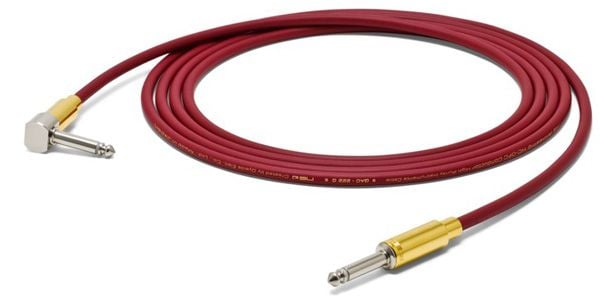
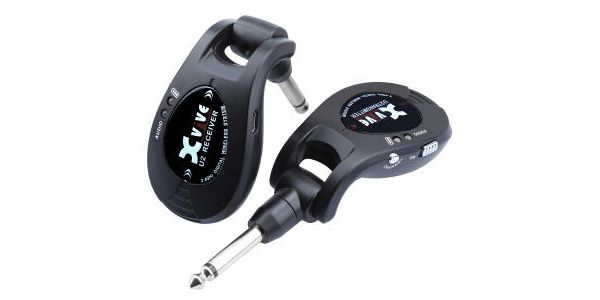








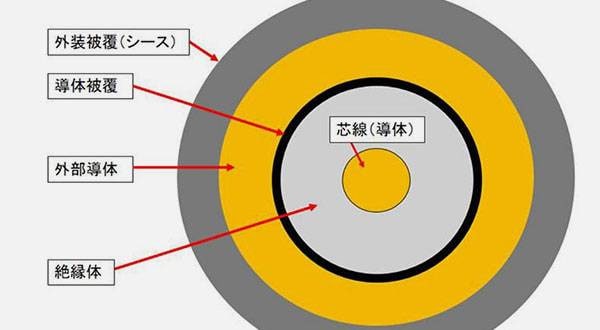
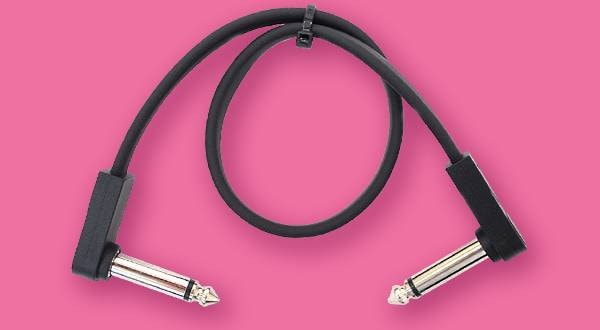

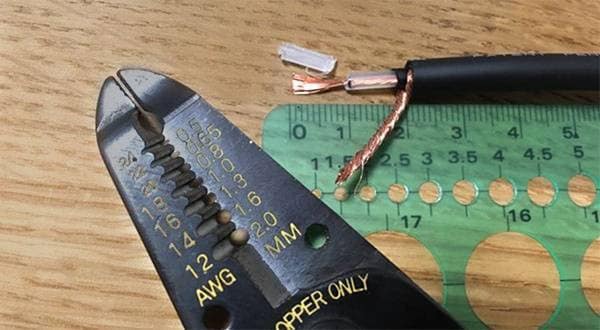
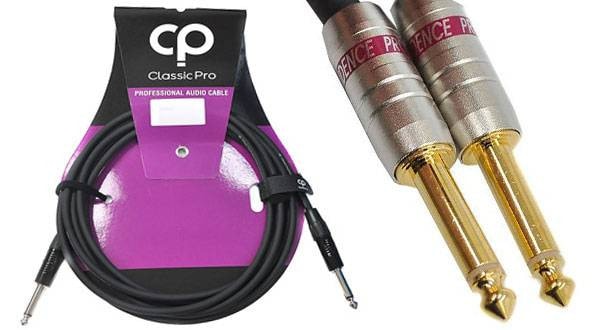
![[Beginner-Friendly] Part 5 - Pedalboard Gems: A Slightly Nerdy Effects Pedal Guide: Patch Cables](/contents/uploads/thumbs/2/2018/8/20180828_2_4020_1.jpg)
 マイクケーブルの作り方
マイクケーブルの作り方
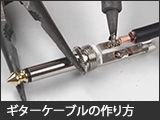 ギターケーブルの作り方
ギターケーブルの作り方
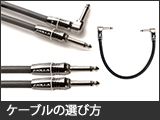 ケーブルの選び方
ケーブルの選び方
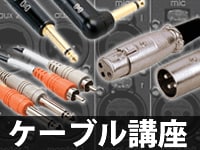 虎の巻 ケーブル講座
虎の巻 ケーブル講座
 ライブをしよう!
ライブをしよう!
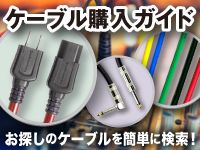 ケーブル購入ガイド
ケーブル購入ガイド















